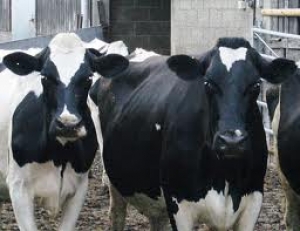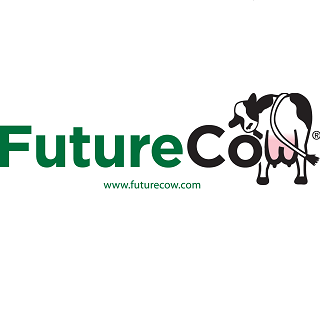World Markets

Consumption by low-income consumers in developing markets is forecast to increase from about 70 billion litres in 2011 to almost 80 billion litres in 2014, according to the Dairy Index, which tracks worldwide facts, figures and trends in the global dairy industry. Many of these consumers are expected to switch in coming years from drinking loose milk to packaged milk.
“Low-income consumers represent one of the biggest growth opportunities for the dairy industry. The key to tomorrow’s success is reaching these consumers today,” said Tetra Pak President and CEO Dennis Jönsson. “They make up almost 40 per cent of the world’s population and live in economies driving our industry’s growth and they are growing more affluent.”
These low-income consumers live on $2-$8 a day and are virtually untapped by today’s dairy processors, they make up about 50 per cent of developing countries’ population and consume 38 per cent of LDP in developing countries. Half of these consumers live in India and China. The Tetra Pak research focused on six countries which account for more than 76 per cent of LDP consumption by consumers in developing countries: India, China, Indonesia, Brazil, Pakistan and Kenya.
“Today’s low-income consumers are tomorrow’s middle class,” said Mr Jönsson, noting “this is a golden opportunity for dairy processors to cultivate consumer loyalty among a new generation of dairy consumers in developing countries.”
Tapping into this market is not without its challenges, according to the report. Tetra Pak has identified three key challenges for dairy processors seeking to reach consumers in this growth market. They need to make products which are affordable, available and attractive to consumers on limited incomes. That means dairy processors must produce healthy, safe and nutritious packaged dairy products without adding unsustainable costs. They must also make them available in small traditional stores in remote rural areas or congested cities where these low income consumers shop.
Innovation and efficiency will be vital in helping the industry to develop products, packaging and processing to meet the needs of these low-income consumers, according to the report.
“We must develop products differently, distribute them differently and sell them differently to extend the availability of good nutrition in developing countries,” said Mr Jönsson.
Tetra Pak has identified a number of ways to make products more affordable. Among them is changing the way both milk products and packages are developed – with the price of the product driving development. By using alternatives to whole milk – such as whey or lactic acid – it is also possible to produce nutritious and healthy dairy products at lower cost. Another way is to reduce package sizes or opt for more basic packaging.
Figuring out ways to make packaged dairy products widely available to DiP consumers is another challenge. Around 70 per cent of low income purchases are in the so-called traditional trade, small-family run shops rather than modern supermarkets or convenience stores. Companies are coming up with innovative ways to reach these consumers. They are producing locally where demand for packaged liquid dairy is growing. They are teaming-up with distributors who have a track-record of working closely with traditional stores and they are using appropriate transport, like bicycles, to distribute products.
Separately, Tetra Pak announced that LDP demand is set to accelerate in 2011-2014, led by Asia, Africa and Latin America. Global LDP consumption is forecast to rise by a CAGR of 2.9 per cent in 2011-2014, accelerating from 2.5 per cent in 2008-2011, led by buoyant demand in emerging markets.






















